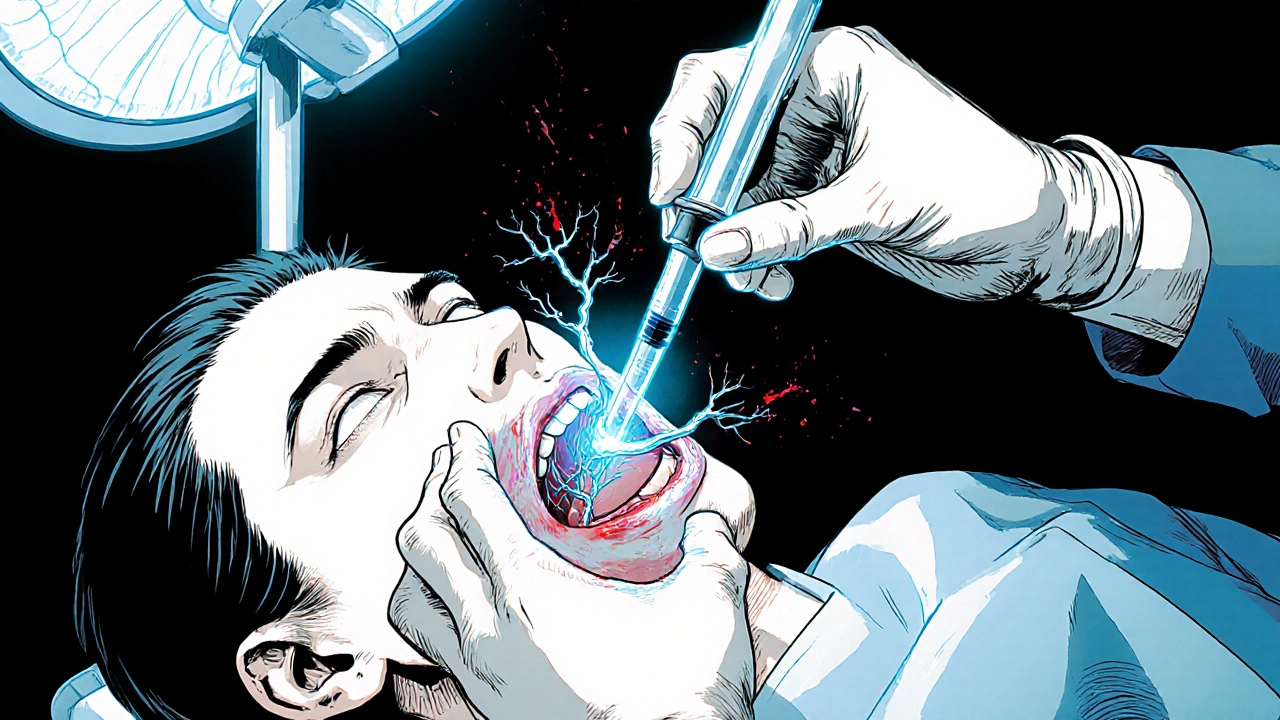Dental Nerve Block: Essentials for Pain‑Free Dentistry
When working with Dental nerve block, a technique dentists use to numb specific nerves in the mouth for pain‑free procedures. Also known as dental anesthesia, it relies on precise injection sites and the right anesthetic choice. A local anesthetic, such as lidocaine, is injected near the target nerve, temporarily blocking signal transmission. One of the most common blocks is the inferior alveolar nerve block, which numbs the lower jaw, teeth, and sometimes the lower lip. Understanding these building blocks helps you see why a dental nerve block covers multiple sub‑techniques, why anesthetic selection affects onset and duration, and how proper technique reduces complications.
Key Concepts and Related Techniques
Dental nerve block encompasses several sub‑types, each targeting a different nerve pathway. The inferior alveolar nerve block is the workhorse for lower‑teeth work, while the mental nerve block focuses on the chin and lower lip, and the greater palatine block targets the hard palate. These blocks require a local anesthetic, and the choice between lidocaine, articaine, or mepivacaine influences how quickly numbness sets in and how long it lasts. For instance, articaine often provides faster onset, making it popular for short procedures, whereas lidocaine offers a well‑balanced duration for longer extractions. Proper injection technique—aspirating before depositing the drug, using the correct angle, and locating anatomical landmarks—helps avoid intravascular injection and ensures effective blockage.
Below you’ll find a curated mix of articles that dive deeper into these topics. Some compare different anesthetic agents, others break down step‑by‑step guidelines for specific blocks, and a few discuss managing complications like prolonged numbness or accidental nerve injury. Whether you’re a dental student, a practicing clinician, or just curious about what happens when you get a tooth pulled, the collection gives you practical insights, safety tips, and evidence‑based recommendations to make the most of dental nerve block techniques.

Pros and Cons of Using Local Anesthesia in Cosmetic Dentistry
Explore the real advantages and drawbacks of using local anesthesia for cosmetic dental procedures, learn about common drugs, risks, and how to choose the best pain‑control plan for your smile.




